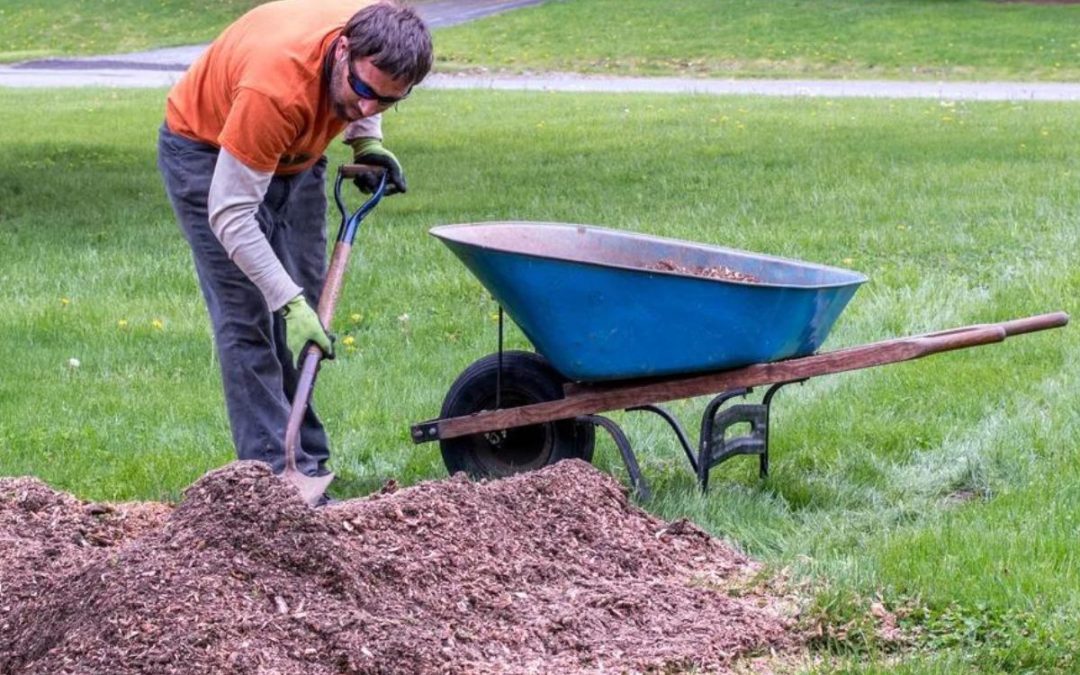After stump grinding, there are many things that you will need to do to repair your yard. First, you will need to prepare the area before starting the work. For this, you will need topsoil, grass seeds, and a saw. You will also need to remove the debris inside the stump. The wood chips that remain inside will prevent grass from growing. You will then need to cover the hole with a high layer of soil.
What to do after tree is removed?
If you’re having a tree removed, you’ll probably be left with a stump. You can use a stump grinder to remove the stump and any remaining roots. You’ll need to remove the stump before you can plant a new tree in the same spot. The new tree should be of a different species from the old one. In some cases, it’s best to choose a native species that is adapted to the area.
Another option for landscaping after tree removal is to plant a garden. The type of garden you plant will depend on its location and what you’d like to do with it. This process requires some planning, however, as it’s important to select plants that will thrive in the soil. Additionally, it’s important to ensure that the soil is well-balanced and rich in nutrients after a large tree has been removed.
If you’re doing this yourself, make sure you thoroughly clean the area before you plant anything else. A tree stump can contain a lot of wood chips, roots, and small branches. You’ll also need to prepare the soil for replanting.

How do you fill a stump hole?
After stump grinding, you may be wondering how to fill a stump hole in your yard. You can use potting soil mixed with native dirt to fill the hole. If you’re paving the area, crushed stone is ideal. Otherwise, you can use gravel. Decomposing sawdust and chips can be acidic, and this can burn the roots of new grass.
Regardless of the method you choose, the stump hole in your yard will probably be deep. This means that top soil may settle into it, making it difficult to mow. Another popular option is to fill the hole with a landscaping feature. This can include a flower bed, fountain, statue, bird bath, or even a swing.
Tree stumps are an eyesore in the yard and can be a nuisance. However, stump grinding can remove these unsightly trees. It can also give your lawn a new, natural look. Using stump grinding can give you the perfect canvas to plan out the rest of your yard.
After stump grinding, you should remove the wood chips and roots from the area. You can use these materials as mulch, which will help the soil retain moisture and insulate it. The resulting mulch will also make weed removal easier.
How do you level ground after removing a tree?
When you remove a tree, you may be left with a wide hole in the ground and lots of wood chips. While these materials are a necessary part of a landscape, they shouldn’t be left on the ground. You can level the ground by using a shovel or roller. You should use enough pressure to level the soil without compacting it.
If you’re removing a large tree, you may be left with a large hole in the ground. Using large rocks and leaving them in the hole can help speed up the settling process. Once the ground is level, you can plant a new tree or grass. If the ground is too uneven, you may need to add more dirt to level it up.
Tree removal specialists tell you that the ground may sink after a tree has been removed. This occurs because the ground is unable to drain properly. This water fills the spaces left by the tree, causing the ground to become weak. The water can also lead to sinkholes. This is why it is important to contact a professional tree removal company.

How long does it take for ground to settle after tree removing?
Stump grinding requires patience and time. You’ll find that the ground will be lumpy for some time after the process, especially after it rains. You can choose to use the hole as a new planting area, but you’ll have to wait for the ground to settle. In addition, you’ll have to import fresh soil to fill the hole. After that, you can plant vegetables or flowers.
Another reason to wait is that the soil beneath the tree stump is different from the soil on the rest of the ground. A new tree’s growth depends on the quality of the soil beneath it. Therefore, it is best not to plant another tree in the same spot. If you’re worried about termites, don’t plant a new tree in the area after stump grinding. The chemicals used in the process can damage the soil.
Another reason to wait is that grass seed needs time to establish its roots. Once you have ground the stump, it will be difficult for grass to grow there. If you are planning to plant grass in the hole, you should make sure that the ground is level. The ground will settle after a rain.

Why won’t grass grow where tree was removed?
When you’ve had a tree removed from your yard, you may have difficulty growing grass in the hole where the tree stood. Grass requires the proper soil conditions, so you should carefully prepare the area before you add grass seed or plant material. Also, consider the type of tree you’ve removed.
First of all, make sure you remove the carbon-rich wood from the ground. This will help prevent the loss of soil nitrogen. Next, make sure you fill the hole with fresh topsoil. This will prevent the soil from settling after the tree is removed. Once the soil has been filled in, you’ll want to add a fertilizer to the area.
If your tree had a dense layer of leaves, it could have a significant impact on the soil’s acidity levels. Too much fertilization will cause problems with diseases. Additionally, grass in a shaded area will grow at a much slower rate than grass that grows in full sun. If this is the case, you’ll want to look into other options.
A tree removal may leave behind a lot of sawdust and mulch, along with fragments of the tree’s roots. These materials decompose in the soil, providing a heat source for bacteria. This heat will prevent grass from growing over the decomposing tree material, because the soil is too hot for grass.
Can removing a tree cause a sinkhole?
Often times, sinkholes occur due to dead stumps or diseased trees. However, removing a tree does not necessarily cause one. Trees need water and nutrients to grow. When their roots are removed, they will decay and eventually decompose. This is a primary cause of sinkholes, but it can be prevented.
A sinkhole can occur if a tree has decayed to the point that its soil has become unusable. In this situation, the tree roots have rotted and created a pathway for water to travel through the soil. Once this process has progressed for a long time, the soil can begin to sink in the area. In some cases, a tree stump can also cause a sinkhole, so it is necessary to remove the tree before it causes damage.
Some other causes of sinkholes include heavy traffic, drilling, mining, and improperly compacted soil. Broken pipes can also cause a sinkhole. Ground heaving can also occur as a result of removing a tree. Once the tree is removed, rainwater will collect in the ground, which will cause it to swell and create a sinkhole.

